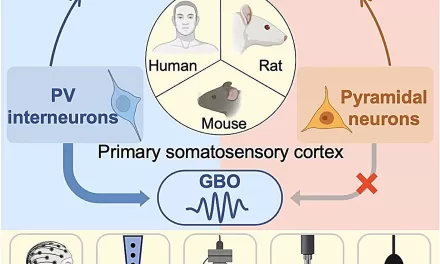A new study suggests that males and females exhibit differential physiological responses to COVID-19 infections, with males experiencing larger increases in skin temperature, breathing rate, and heart rate during acute infection.
Published in the open-access journal PLOS ONE by Lorenz Risch of the Private University in the Principality of Liechtenstein and collaborators, the study utilized data from wearable devices to analyze the physiological changes associated with COVID-19 infections.
COVID-19 infections are known to impact various physiological parameters, including breathing rate, heart rate, and skin temperature. Understanding sex-specific trajectories in these physiological changes could aid in the early detection and treatment of COVID-19.
The study, known as the COVI-GAPP study and a member of the COVID-19 Remote Early Detection (COVID-RED) Consortium, collected data from 1,163 individuals using the Ava wearable medical device. Over 1.5 million hours of physiological data were recorded and analyzed, with 127 participants testing positive for COVID-19 during the study period.
Among the infected participants, males exhibited larger increases in skin temperature, breathing rate, and heart rate compared to females. Additionally, male participants showed a larger decrease in heart rate variability during COVID-19 infection. Even during the recovery period, male participants maintained significantly higher levels of breathing rate and heart rate compared to their female counterparts.
The study accounted for potential confounding variables such as BMI, age, hypertension, and alcohol and drug use, finding no impact of these variables on the observed sex-specific physiological responses. However, the study did not consider hormonal changes across the menstrual cycle among female participants.
The authors suggest that these sex-specific biological responses to COVID-19 infection may contribute to the higher mortality and hospitalization rates observed in male COVID-19 patients. Further research is needed to fully understand the underlying biological mechanisms driving these sex differences.
In their conclusion, the authors emphasize the importance of utilizing wearable technology in research to gain deeper insights into diseases and their impacts. They believe that such approaches not only facilitate more timely and accurate diagnoses but also contribute to advancements in precision medicine.











